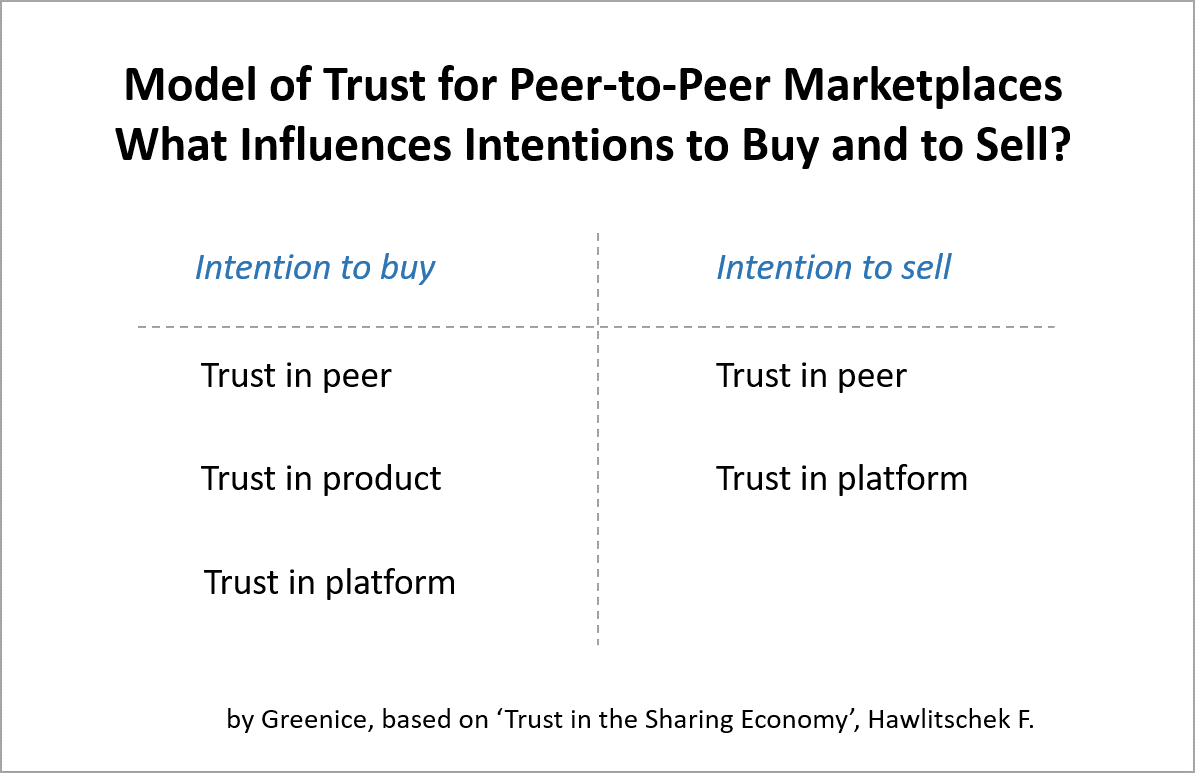Global eCommerce sales are estimated to be $3.53tr and the market is growing rapidly. As retail and B2B customers move online, new eCommerce platforms are popping up all the time; the market is getting crowded.
If you are developing a new eCommerce platform, there are a couple of key things you should know. In this article, I will describe 4 typical mistakes of eCommerce entrepreneurs and show you how to avoid them.
1. Launching with too many features
At our agency, a lot of clients come to us with tons of ideas for cool features and they want to implement everything all at once. This is not always the best way to go because, at the start, you don’t really know what the users want.
Before launch, all you have is guesswork. So it is better to launch fast and get feedback from the market as early as you can. Therefore, you need to develop a Minimum Viable Product (MVP), which is the most basic version of your platform, with only the core features, just enough to attract the first users.
There are several types of MVPs you can choose from, starting from the ones that don’t require any coding, to those that need minimal coding (‘single-feature MVPs).
With eCommerce platform development, you have two options: you can use off-the-shelf website builders or develop your website from scratch. In the case of website builders, you will be able to create an eCommerce website yourself even if you are not a programmer. The most popular website builders for eCommerce are:
- Wix
- WordPress+WooCommerce
- Squarespace
- Shopify
- Sharetribe for marketplaces.
Such a website will have basic functionality, won’t allow much customization, and will be difficult to scale; but you will launch fast and inexpensively. Once you grow out of it, you’ll have to throw it away and build a custom eCommerce platform from scratch.
Another approach is to build your website from the ground up right away, starting with only core features. In this case, it will take longer to launch, but you won’t have to get rid of it later because you’ll be able to upgrade and change anything you need.
Using a website builder is a good idea if you are in the early stages with your idea and would like to see if it will fly.
The second approach is best for those who already have a fully formed idea and some sort of confirmation of demand. In that case, it is best to start with custom development right away so that you can customize and change every part of your platform when you need to. Custom development will allow you to scale quickly, accommodating any number of users.
2. A lot of friction at check-out
1 in 4 customers abandons the purchase if they think the checkout process becomes complicated.
Too many steps at checkout, too many blanks to fill out, and inconvenient payment and shipment options are all barriers to purchase. Therefore, it is your job, as a platform owner, to reduce these barriers as much as possible.
Here are some ways you can help your customers at check out:
- Have a variety of payment methods
- Ask only for necessary information
- Store customer information (with their permission) so that they didn’t have to fill out everything the next time
- Allow ‘one-click’ payment
- Provide a smooth mobile experience
To come up with the best check-out process, analyze customer behavior and ask them about their experience. Then compare payment gateways to see which one fits your business best.
3. Inconvenient product search
For an eCommerce website, product search is one of the core features. This is especially important if you offer a large variety of products or services. A wide product selection can actually become a curse if users struggle to find what they need.
Remember searching for clothes on a website that doesn’t have filters like size, color, price? …or on sites that don’t allow a keyword search? It’s a nightmare, isn’t it?
The situation gets even more complicated when developing websites like Etsy that sell unique items. They have over 60 million unique listings. On such websites, filter-based and keyword searching are not enough; only AI can make them more searchable. That’s why Etsy has created a very complex recommendation system that is powered by machine learning. This system takes into account what you’ve looked through, liked, and bought in the past, as well as what other users like you have liked and bought. All these important factors narrow down your search from millions of items to a couple of dozen.
Even If your eCommerce website doesn’t offer a huge variety of products, and you don’t need an AI recommendation system, you still need to provide a great search experience. This can be achieved with a robust onsite search engine that allows:
- full-text search
- multi-field search (filter search)
- highlighting (a visual indication of the words entered in the search box)
- synonym search
- autocomplete suggestions
- multi-faceted search (For example, eCommerce sites use facets to tell customers how many items of a specific model, size, color, and other attributes are found)
- fuzzy search (search with typos, misspellings)
- spelling corrections
- geospatial search (locating the object according to its latitude and longitude).
4. Not building trust
‘The currency of the new economy is trust.’ Rachel Botsman
67% of consumers say that lack of trust is the main factor stopping them from using eCommerce. The three biggest consumer fears are:
- Poor product quality
- Seller dishonesty
- Poor eCommerce platform security

Being an owner of an eCommerce platform, you need to take all the necessary steps to earn consumers’ trust. There are many ways to gain clients’ trust:
- Establish airtight platform security
- Incorporate reputation management tools like ratings, reviews, and badges
- Comprehensively screen and audit users
- Offer broad warranties
- Utilize an escrow system of payments
These tools can cover all main consumer concerns, but not all of them may apply to you. Let’s see what goes into each.
First and foremost, any eCommerce platform must protect consumer data. Cover your bases with secure hosting, HTTPS, firewall, regular updates, and other security best practices.
Another powerful trust strategy is reputation management. People trust verified consumer reviews and ratings. You can allow consumers to leave reviews and rate products on your platform, and also use the ratings and reviews from other websites.
User verification is also important, especially if you run a marketplace where you need to make sure all parties are legit. Some platforms can get away with basic email or social login verification, while others will need thorough background checks and screening. The level of verification depends on the types of products/services you sell. For instance, a baby-sitter marketplace may require more extensive screening verification and background checks than a beauty products platform.
A money-back guarantee can go a long way toward reassuring buyers. If you put such a policy in place, it will likely increase your conversions.
Last but not least, marketplaces that use escrow ensure trust between buyers and sellers. With escrow, when a buyer makes a purchase, the corresponding amount of money gets ‘frozen’ to be released to the seller only if the buyer is satisfied with a product or service. The buyer knows he will get his money back if the seller doesn’t deliver, while the seller knows she will get the money for the delivered product or service. Many successful platforms, including Upwork and Aliexpress, use escrow to their advantage.
These are just a few examples of what you can do to build trust in your eCommerce platform. As trust is a cornerstone for an online business, any extra measures will make your site stand out as a leader when it comes to reliability and security.
Final thoughts
Many new eCommerce startups are guilty of at least one of the 4 pitfalls described above. Avoid them by:
- Launching small and gradually building up your platform based on feedback from users
- Providing a convenient product search
- Establishing trust
- Reducing friction at check out
Read Dive is a leading technology blog focusing on different domains like Blockchain, AI, Chatbot, Fintech, Health Tech, Software Development and Testing. For guest blogging, please feel free to contact at readdive@gmail.com.





